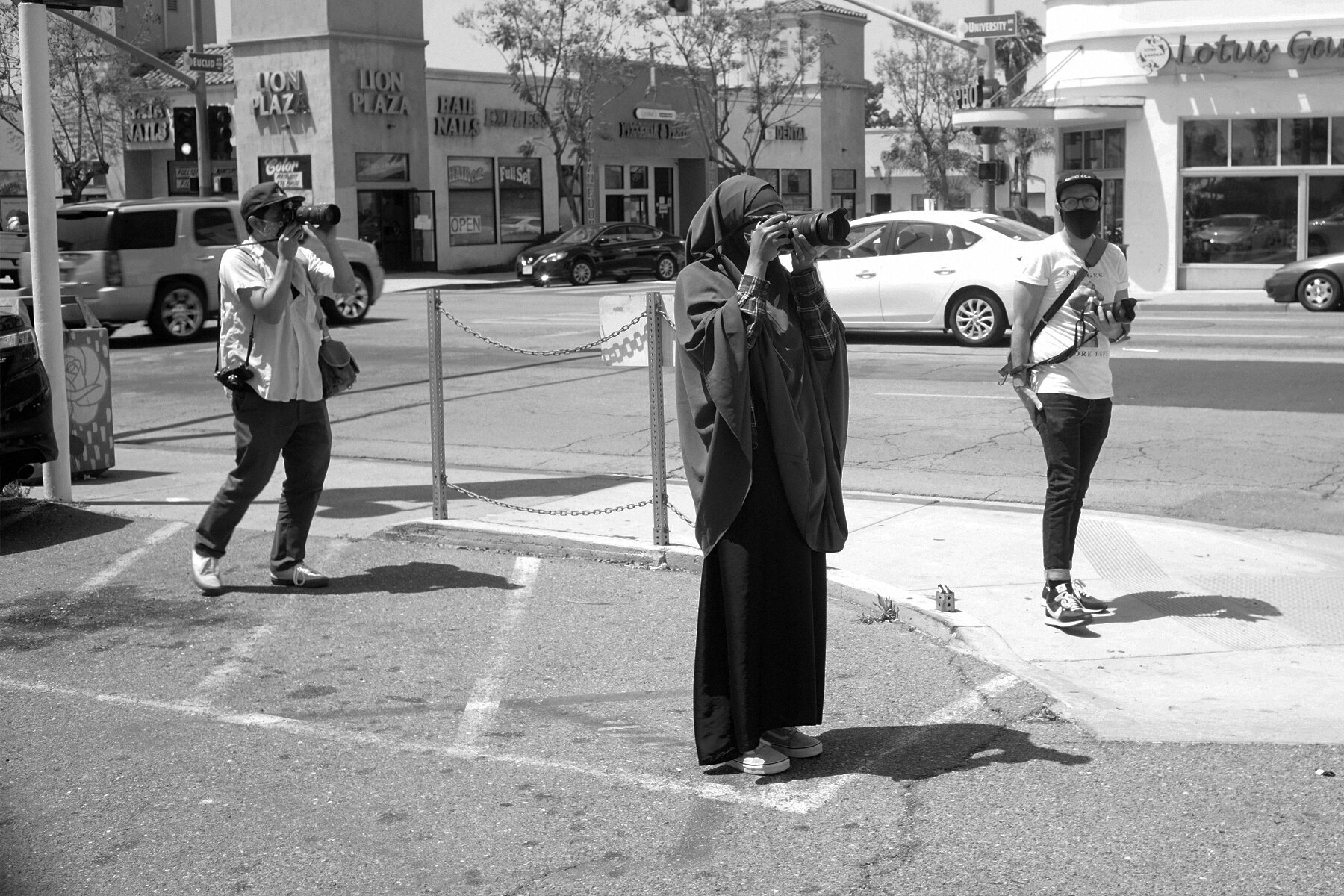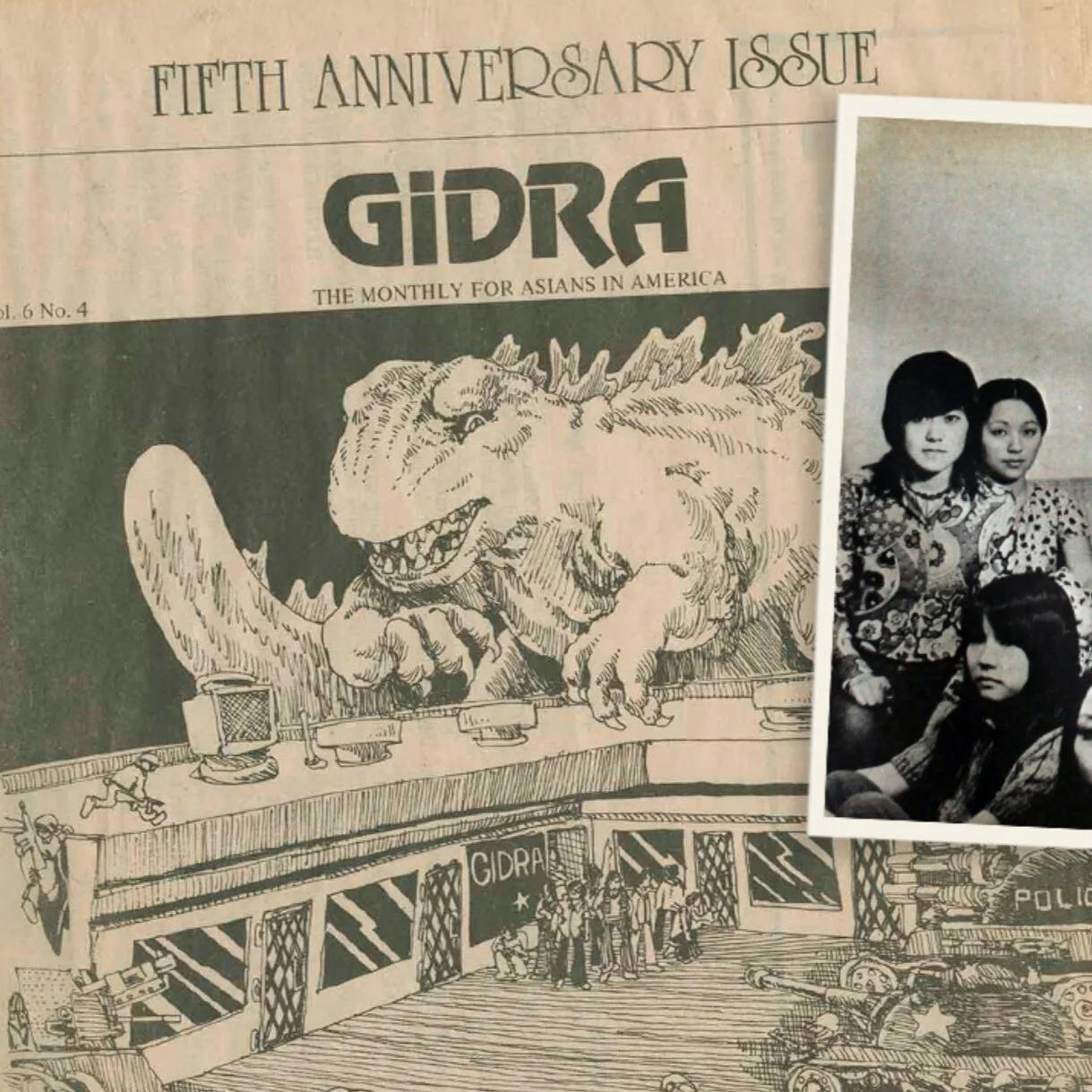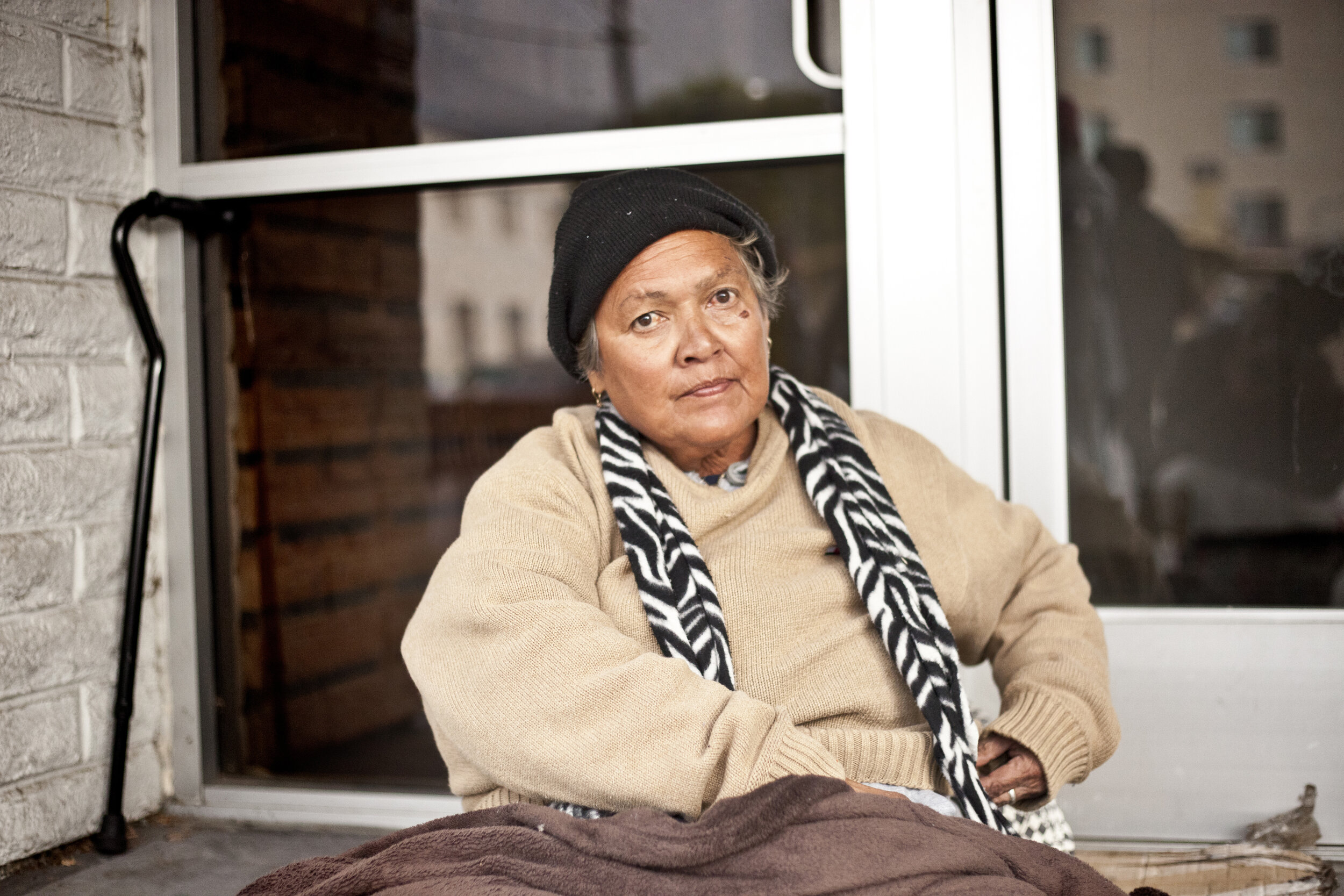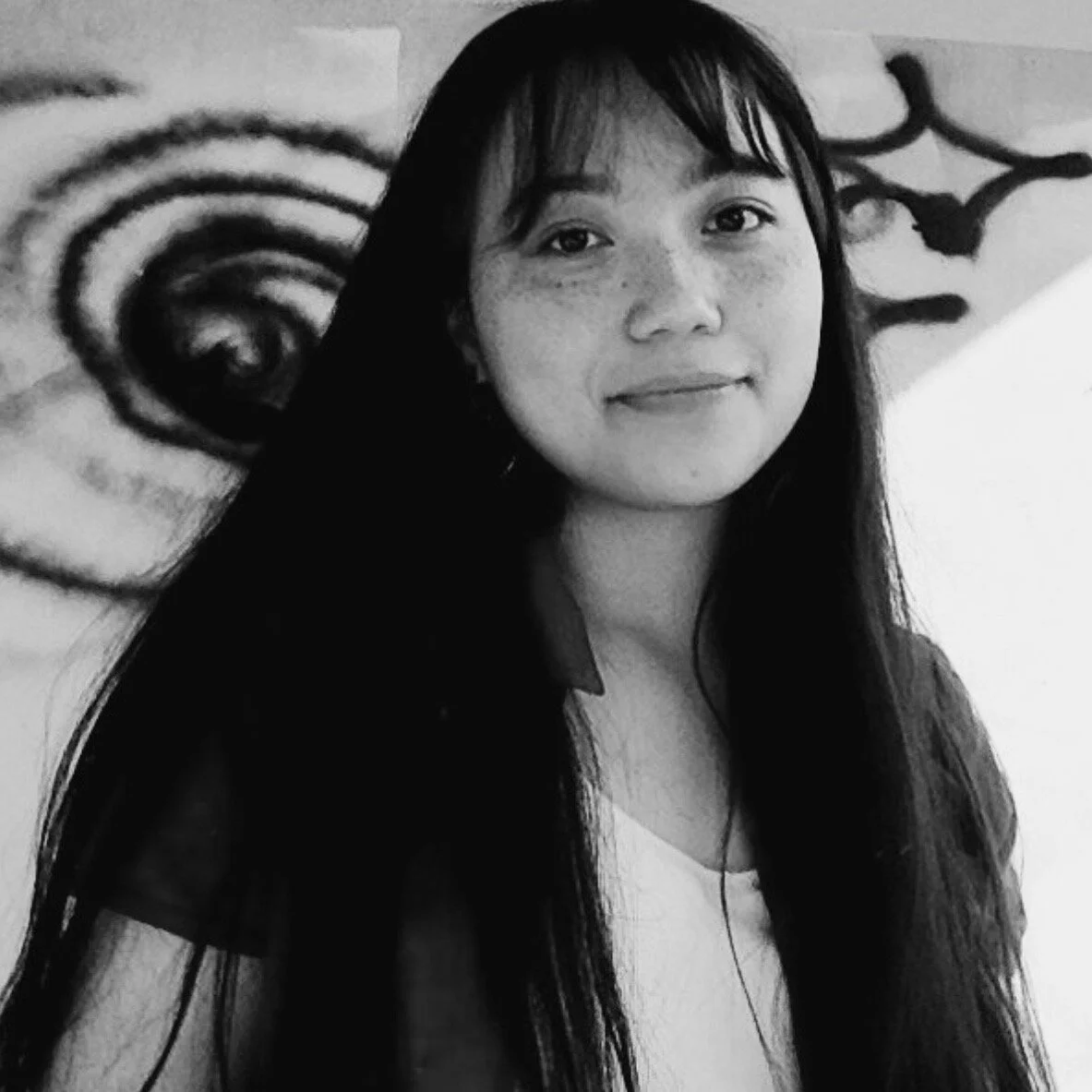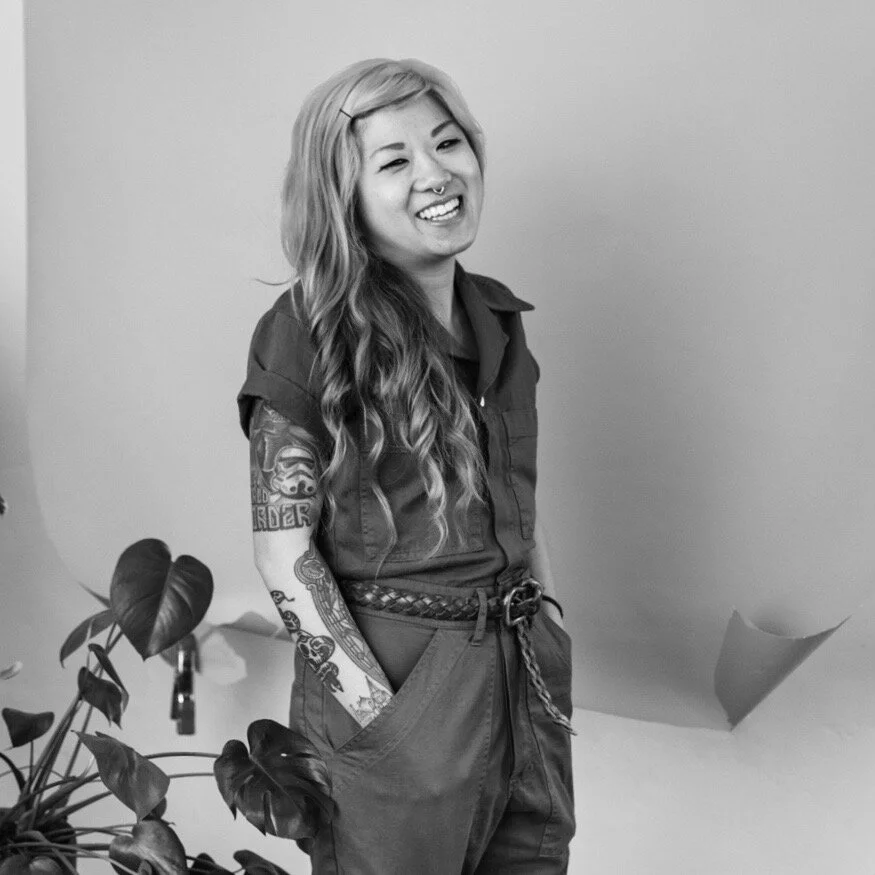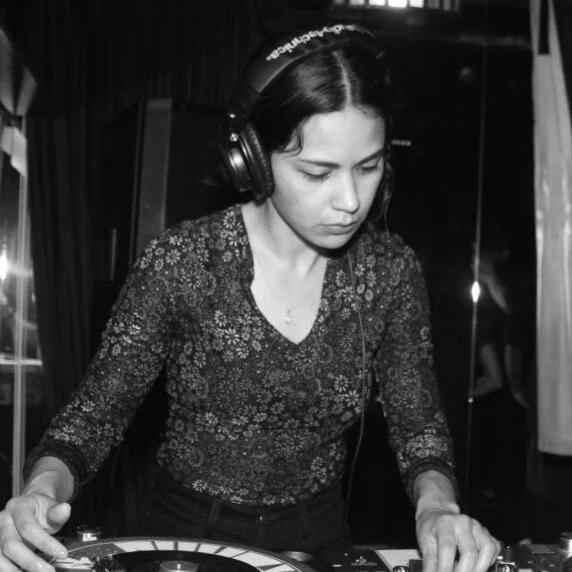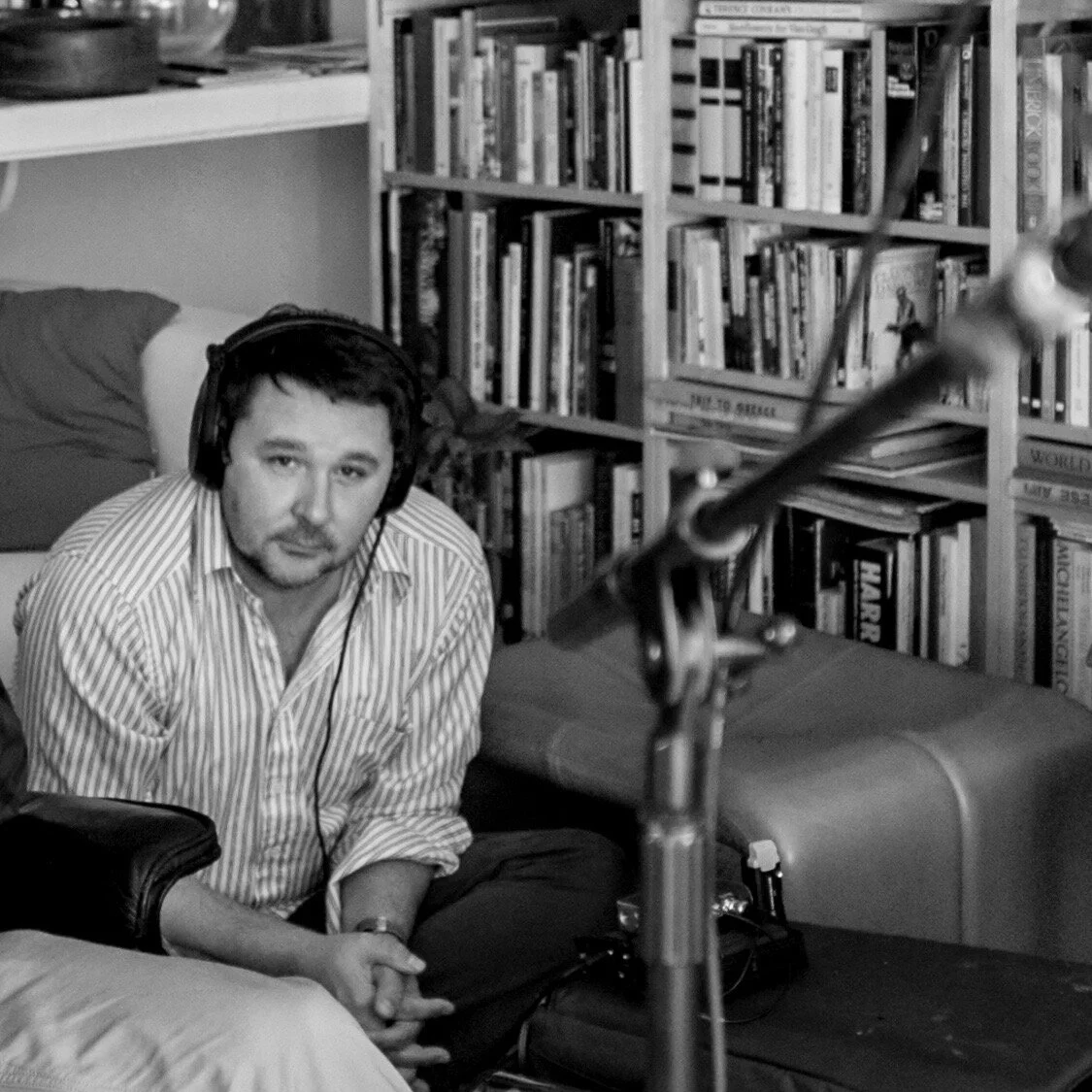
Speak City Heights is a media collaborative aimed at amplifying the voices of residents in one of San Diego’s most diverse neighborhoods, City Heights. 
Speak City Heights Youth Media is a program hosted by the AjA Project through The California Endowment Building Healthy Communities grant. It matches passionate young storytellers with the resources they need to engage in multimedia participatory community journalism around themes of identity, justice, and liberation.
The Radical History Club challenges and unsettles colonizer perspectives of US history. Members become citizen historians by collecting short history zines and understanding the US narrative through the lens of the oppressed. Each book comes with a badge to be worn as a symbolic promise to share with others what you've learned. Thanks for being radical.
Contextualizing City Heights
Like much of central, southern, and east San Diego County, the neighborhood we now know as City Heights was originally occupies colonized and stolen Kumeyaay land. Beginning in the 18th century, Spanish missionaries at the Mission San Diego de Alcalá developed the mission system as a way to control, subjugate, and commit genocide against indigenous peoples.
When Mexico gained independence from Spain in 1821, it claimed the land and secularized the mission system, distributing the lands to rancheros. When the United States annexed the land, the modern era of American settler colonialism began. Settlement and any later development was facilitated by the forced removal of Kumeyaay people to reservations begun by President Ulysses S. Grant in 1875.

“At the root of storytelling is cultivating an understanding that ultimately allows us to liberate our own voices and the voices that surround us.”
— Endiya Griffin, Teaching Artist at The AjA Project
When we're outside, we don't really appreciate our surroundings as much, because we're not really focused on those things. We're just doing our own thing all the time.
But I would say now that I've experienced the photo walk I tend to look at my surroundings more and try to really understand where I am and to be more mindful and probably even think about the architecture of something.
How many years it's been there, the way it was built or the structure of it. And just to really appreciate it and understand that everything around you has a story and it might even be something meaningful or it might be something that could even change you for the better.
-Aisha, SCHYM 2021 Cohort
City Heights Photo Walk
Our first in-person workshop was a Photo Walk through City Heights. Taking cues from one of our guest speakers, City Heights Streets, we documented our surroundings and reflected on the different aspects of the community that are often missed or overlooked if you're simply driving through on your way from Point A to Point B.
Documentary photos by Aisha, Ian Cuevas and Jeff Valenzuela. May 08, 2021

NATURE /NURTURE: a film by Rose Dô
Created for The AjA Project's Speak City Heights Youth Media program. Spring 2021
Teros Gallery: Ghidora Lives— Interview by Harry Kim
On June 5th, 2021 I had the privilege of interviewing Carmella Prudencio and Alejandra Frank, the co-founders of the exhibition “GHIDORAH LIVES!”. The exhibition, which takes inspiration from the 60s anti-imperialist zine GIDRA, showcases the artwork of several Asian-American artists and their unique stories.

Prior to the creation of the exhibition, both Carmella and Alejandra were in different places in their lives. Alejandra was in her third year as the founder of the art gallery called Teros Gallery. Carmella was just getting her feet wet in doing art organizing at the Museum of photographic arts.

However, through a young arts leaders panel that was organized in San Diego, the two of them were finally able to connect.

“We were both the same age. I think we were like 28 or so when we met and are probably older, but we didn't graduate college like in San Diego. So I think that the timing of things just naturally, we just were bound to meet”, said Alejandra.

They decided to cooperate immediately after seeing that the work and vision they had aligned with each other seamlessly.
“A lot of things that just stuck aligned with our vision of the art world, social justice, and communities” said Alejandra.
Now three years into their collaborative work, the two of them have created an art exhibition to highlight Asian Pacific American Heritage Month.
The name of the exhibition is “Ghidorah Lives!” takes inspiration from the 1960s zine called GIDRA. The zine was run by student activists at UCLA, and the stories that were shared often covered social and political issues that impacted Asian-Americans.
“How do I get folks to see what I'm seeing? But also how do we preserve this memory and also show that gratitude to those organizers in the past and other organizers of the present so that we're creating we're creating a pathway for the organizers of the future to continue to follow, because this is lifelong work that we have to do together to uproot the systemic oppression” said Carmella.
Through my time at the exhibition, I was able to ask a couple questions regarding the background and process of the exhibition, and in the process learned more about Asian-American heritage, history, and art.
If you were to give a statement of encouragement or message to future Asian Americans, what would it be?
Do whatever you want. Do whatever you want, whatever the f**k you want, and make that happen for yourself. And if you have to smash the state and abolish the system that we're in to get to that point where you get to do what you want to do, whether it's be an artist or journalist or like the president or whatever that looks like. I think that like having that as your north star to follow is like knowing what you want to do and who you want to be is super important to like guiding you to getting there. I don't ever do anything I don't want to do. And I think that's really important, especially being Asian where you're like, I'm like, sorry, mom, I'm not a nurse. You know, trying to escape that traditionalism too. I understand It's really tough. — Carmella
Whatever inspires you just like follow that light. And don't look back, unless if it's hurting. Just trying to listen to what makes you happy is ultimately what will take you to the place you want to be. — Alejandra
How powerful do you think art is as a medium for protesting and achieving social change?
I think that like art is up for interpretation based on your unique experiences. And I think that's why curatorial work is really important because you're kind of shaping what that story looks like and connecting the threads of like all the other work. And so it's all about just like being able to share those experiences and those messages that are being put out there and also building an empathy for other people so that you feel a sense of compassion towards other people's lived experiences that you might not have lived, you know, like, just because I'm Asian-American doesn't mean any of those experiences that they're telling us right now is completely parallel to why it's so unique and how we're like seeing the world. And so we get to see how all these people see the world in a different way. And you guys get to see how, like we see the world through even just like placing things next to each other or like curating that message, you know? — Carmella
I think ultimately it's a form of expression and I think that being able to translate how we feel into an art form is really liberating. It also speaks to so many people and there's like a lot of depth to it that you can think about it, take it home with you, and like talk about it amongst other people and your friends. That is like a way of protesting, like a way of standing up for something that is happening. — Alejandra
Mapping City Heights—
by Luisa Martínez & Ana Villalpando
Mapping City Heights is a community conversation on how we connect to places. We’re particularly interested in thinking about the mutable boundaries of City Heights. How do we know we are exiting City Heights? Is it a specific street name? The number of trees on the sidewalk? The art on the walls? Is it a set of coordinates? or a feeling? This initiative is an invitation to think of maps as more than locations. It is an invitation to map how places make us feel.
The steps are easy: think of your commute around City Heights, think about the places you visit, where you walk, where do your loved ones live... Think about the memories you’ve created in these locations. Identify how these spaces make you feel and locate those emotions in the map. If you have pictures, even better, look at each location and explore what words come to mind when describing your experiences there. Think about the people you care about and how they may feel about these same spaces. Once the map shows you how you connect to these places, congratulate yourself. You have joined the emotional cartography club.
More coming soon.
Citizen Historian / Community Journalist Kit

Explore City Heights stories
"We Were Strangers Once, Too": The Current State of Immigration Reform for Youth in San Diego
Appearing a Chair and a Table Out of Thin Air
Embracing What’s Natural (2019)
Mental Health: Opening Dialogue in the African Community
City Heights Community Organizer Advocating for Educational Equality
City Heights Homeless on Changes in Their Community
Youth Shed the Skateboarding Stigma By Making a Positive Impact on Community
A Slice of Cambodia in City Heights
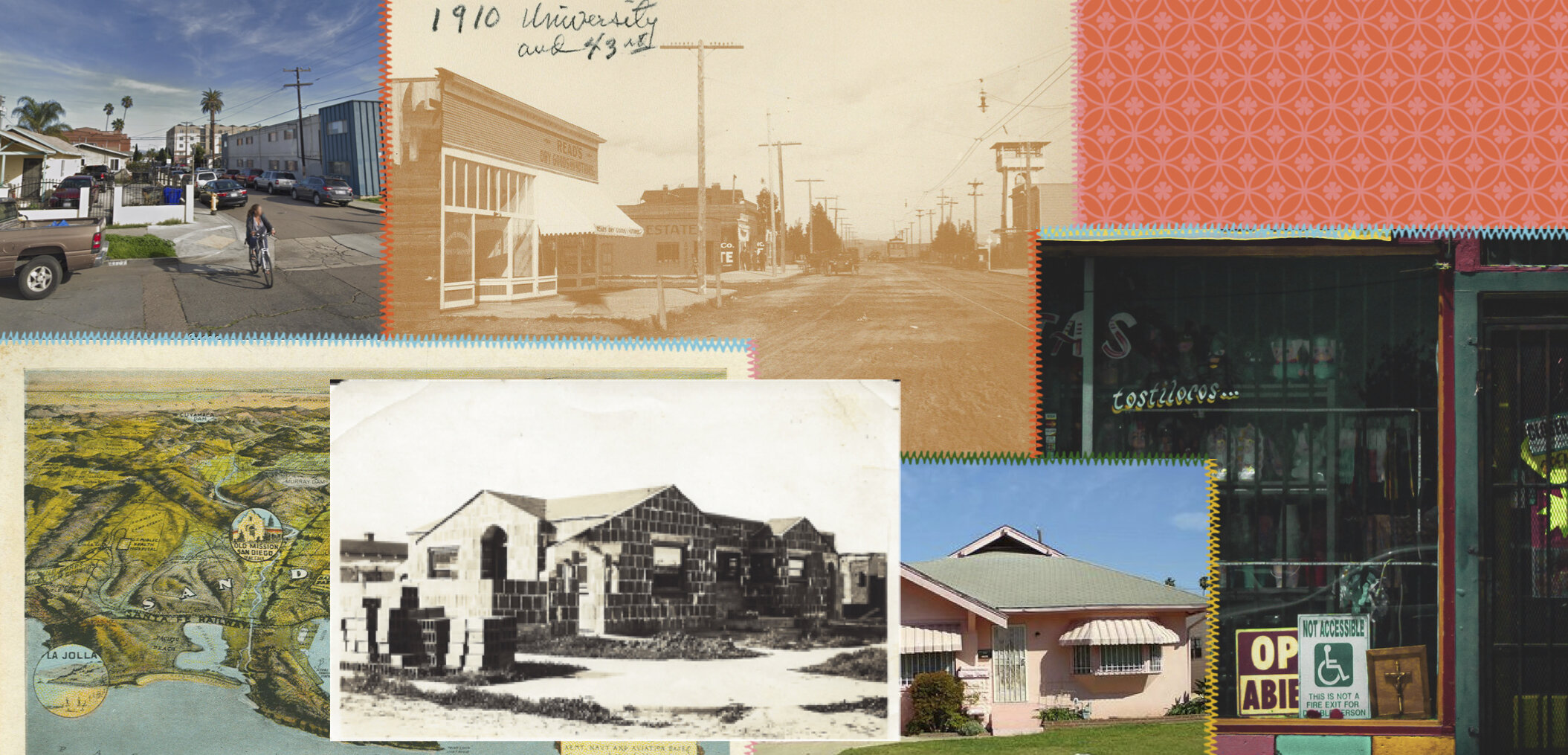
Teaching Artists
-

Endiya Griffin (she/they)
Endiya Griffin is a Los Angeles based storyteller, educator, and scholar. Her work centers themes of justice, voice, advocacy, and culture. Endiya is currently in school studying journalism and visual anthropology with hopes of creating work that cultivates empathy, love, and liberation by invoking the shared experience of humanity through storytelling.
-
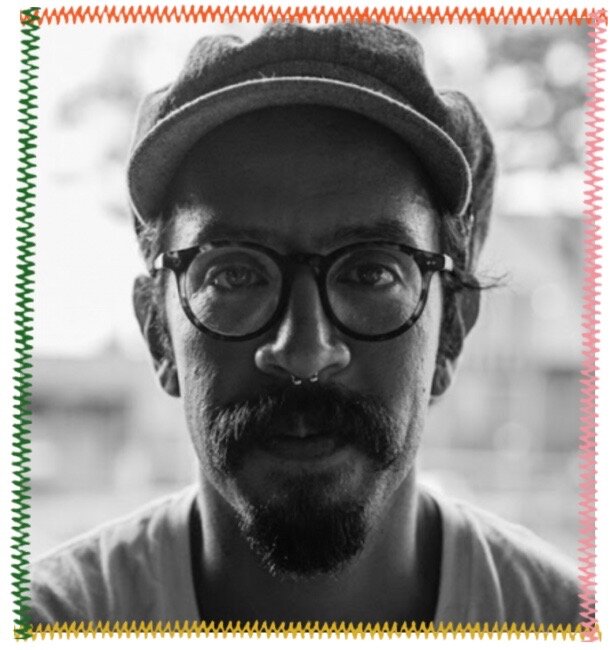
Jeff Valenzuela (he/him)
Jeff is a photographer, educator and activist based in the Tijuana / San Diego region. He has organized with local grassroots collectives in San Diego and Tijuana to raise awareness of the human rights abuses and injustices suffered by migrants and displaced persons. His photography documents these movements from the front lines, providing on-the-ground perspectives aimed at disrupting existing narratives and uplifting the stories of strength, resistance and joy in the fight for liberation.

Guest Speakers








